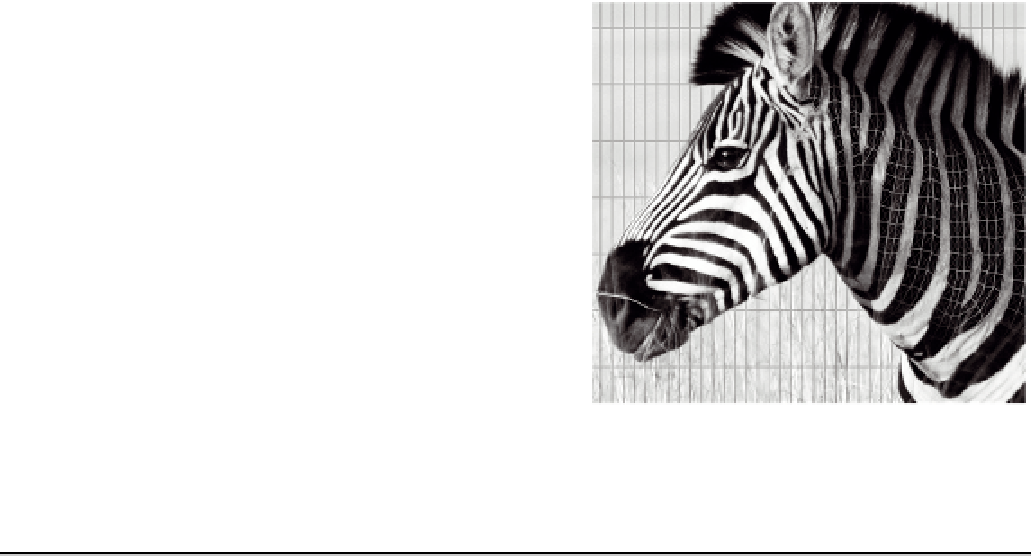HTML and CSS Reference
In-Depth Information
Chapter 11
Billiard Ball Physics
What we'll cover in this chapter:
Mass
Momentum
Conservation of momentum
As you might expect in a technical book like this, things start off simple and gradually become more
complex. With this chapter, you reach a pinnacle of complexity. Not that the rest of the chapters after this
are all downhill, but this one requires that you don't skimp on the material that came earlier. That said, we'll
walk through the concepts step by step, and if you've followed along reasonably well up to now, you
should be fine.
Specifically, this chapter focuses on momentum: what happens to the momentum of two objects that
collide, the conservation of momentum, and how to apply this conservation of momentum to the objects we
draw.
As the objects used in these examples are all round, for simplicity's sake, this subject is often referred to
as “billiard ball physics.” And you'll soon see that these examples do look like a bunch of different-sized
billiard balls hitting each other.
As in previous chapters, the code examples will start in one dimension to keep things simpler and easier to
understand. Then we move into two dimensions, at which point you'll need to jump into some coordinate
rotation (the subject of the previous chapter). Essentially, you'll rotate the two-dimensional scene so it lies
flat, which you can then ignore one axis and treat it as a one-dimensional scene. But all that is just to whet
your appetite for what's coming up. Let's start with the concepts of mass and momentum.

